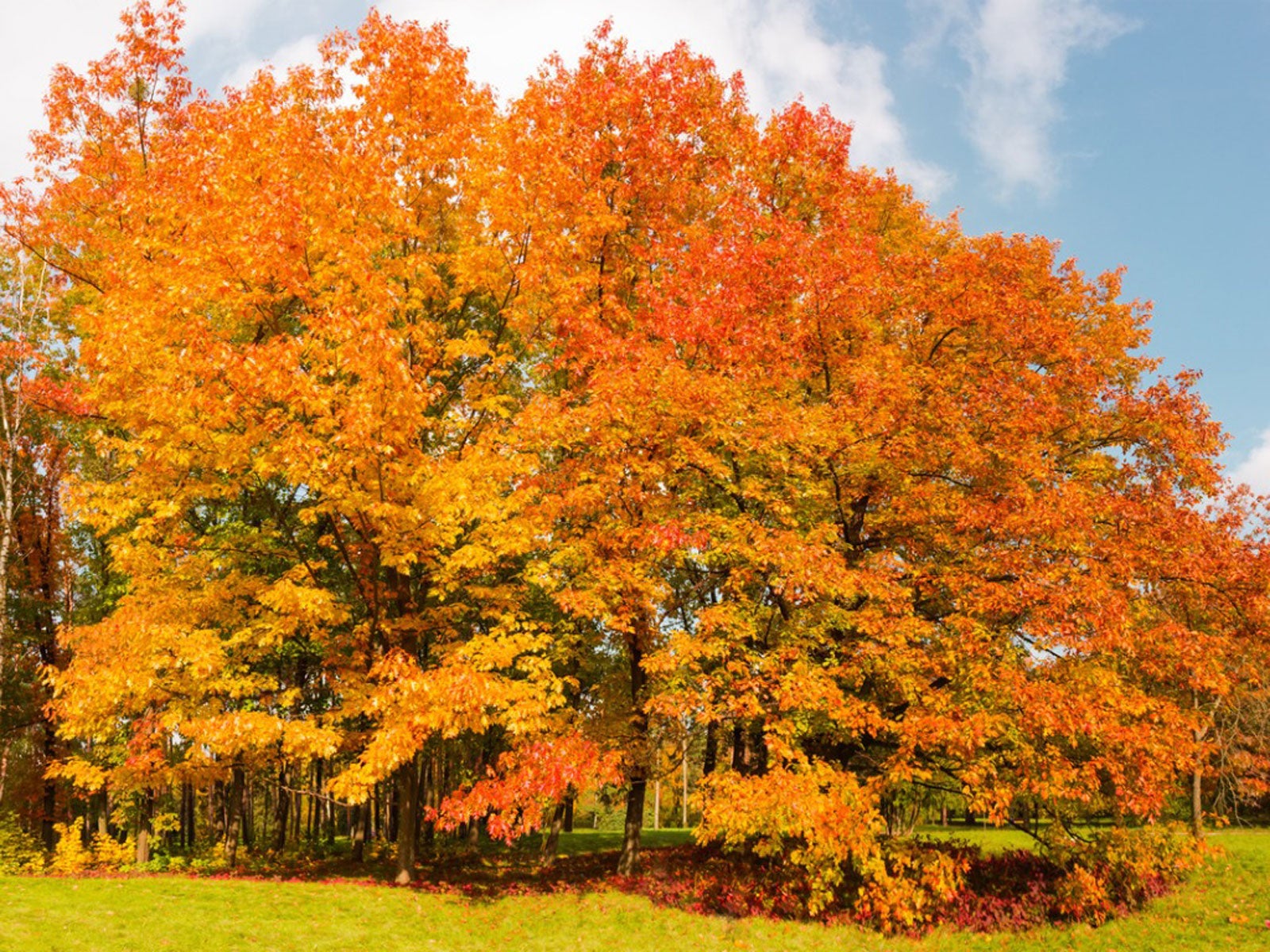Choosing Trees For Shade: Best Shade Trees For Cooling Yards


Nothing makes you long for a shade tree more than summer sunshine. A tree that creates a cool refuge beneath its canopy increases the pleasure of a warm afternoon. If you are looking for backyard shade, it’s time to start thinking of planting a shade tree. Yes, you can get some relief under a large parasol, but the best shade trees offer so much more than a large umbrella ever can.
What shade tree to plant? Read on for our thoughts on the best shade tree varieties for different areas.
About Trees for Shade
Every tree provides some shade since branches and a canopy will always block some sun. The best shade trees, though, have expansive canopies that create islands of shade beneath. The larger and denser the canopy, the deeper the shade.
When you are thinking about planting a shade tree, make the process efficient by learning your hardiness zone and only looking for shade tree varieties that thrive there. It’s also a good idea to note the space you have, both on the ground and above, since trees are healthiest when they can grow to mature size.
If you hope to find a low-maintenance tree, consider trees native to your region.
Planting a Shade Tree
When you are considering what shade tree to plant, weigh the many benefits a tree can offer. Most trees in the backyard can make your space more beautiful, improve air quality, and provide wildlife habitat. Trees for shade can also reduce your energy costs by shading your dwelling from summer heat and protecting it from winds in winter, as well as providing a spot to relax.
In addition, some shade tree varieties provide other ornamental features. Fruit and nut trees offer blooms and harvest, while flowering trees for shade light up your garden with blossoms. Autumn displays are always welcome. Some deciduous shade trees even offer winter beauty with their spectacular bark or interesting branch structure.
Sign up for the Gardening Know How newsletter today and receive a free copy of our e-book "How to Grow Delicious Tomatoes".
What Shade Tree to Plant?
The varieties of shade trees available to you will depend on your climate. Most trees for shade thrive in the mid-range, from USDA hardiness zone 4 through 8. One excellent choice for these regions is oak. For a fast-growing oak, pick pin oak (Quercus palustris) with its dense shade and strong wood.
Another popular oak that grows quickly into a great shade tree is the red oak (Quercus rubra), a handsome, stately tree that offers a stunning autumn display. It thrives to USDA zone 9, as does its maple equivalent, red maple (Acer rubrum), a deer-resistant species with leaves turning brilliant colors at summer’s end.
For zones 5 through 9, look at hackberry (Celtis occidentalis) which provides excellent shade, stands up to strong winds, and doesn’t need watering after maturity.
What about the best shade trees for cooler areas? You can plant silver maple (Acer saccharinum) in zone 3 for a shimmery tree that shoots up fast, or famed sugar maple (Acer saccharum), Canada’s huge national tree with sap used to make sugar. Another alternative in zone 3 is hybrid poplar (Populus deltoides x Populus nigra) with even faster growth but a limited lifespan.
The most famous shade tree of all might be the weeping willow (Salix babylonica), a romantic giant known for its gorgeous, ground sweeping branches. It out shades them all but grows best near water in USDA zones 6 through 8.

Teo Spengler is a master gardener and a docent at the San Francisco Botanical Garden, where she hosts public tours. She has studied horticulture and written about nature, trees, plants, and gardening for more than two decades, following a career as an attorney and legal writer. Her extended family includes some 30 houseplants and hundreds of outdoor plants, including 250 trees, which are her main passion. Spengler currently splits her life between San Francisco and the French Basque Country, though she was raised in Alaska, giving her experience of gardening in a range of climates.